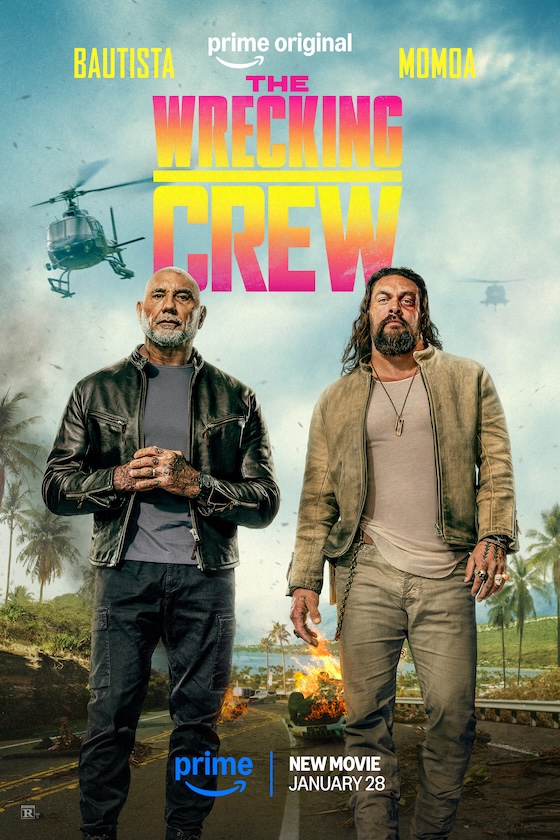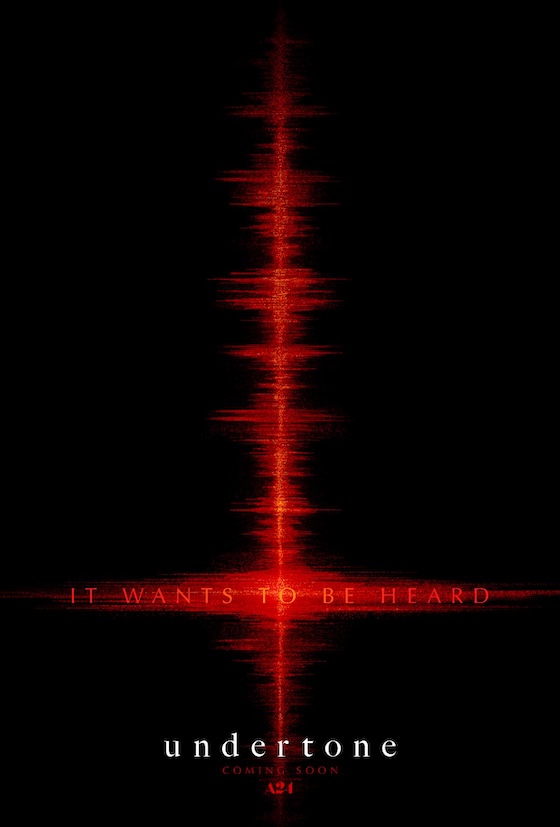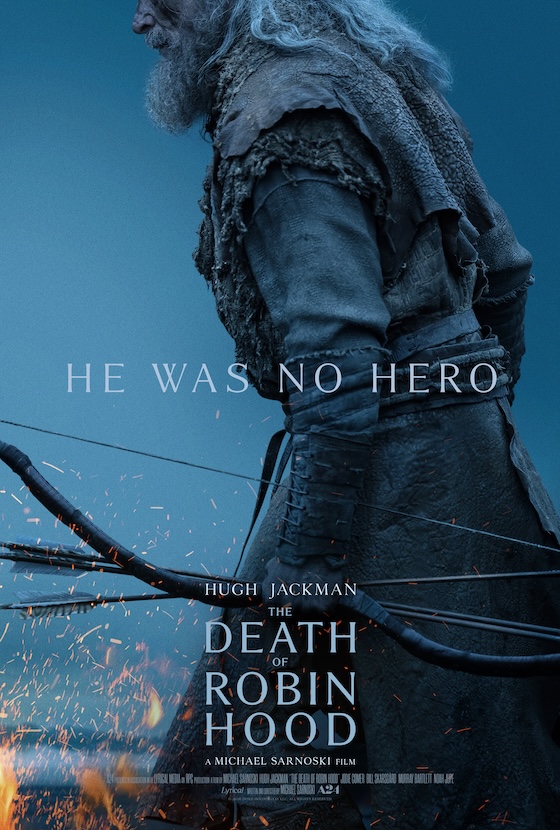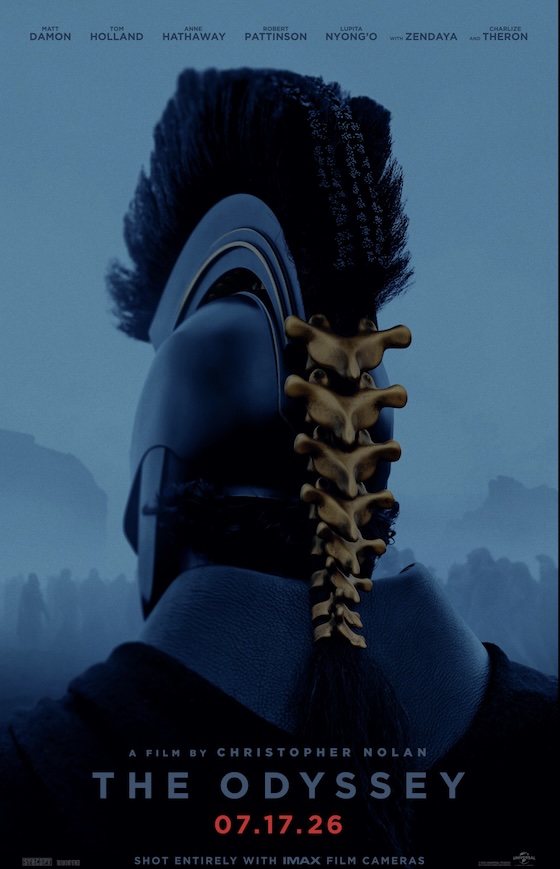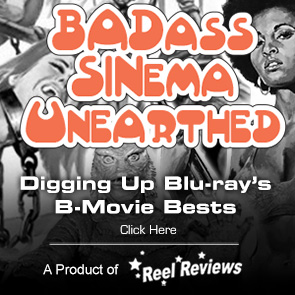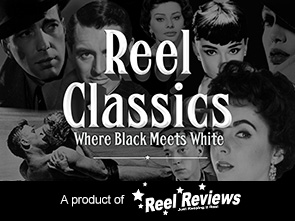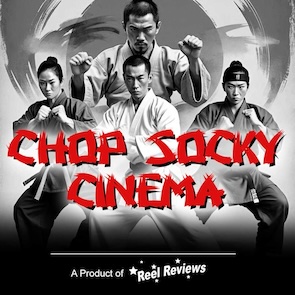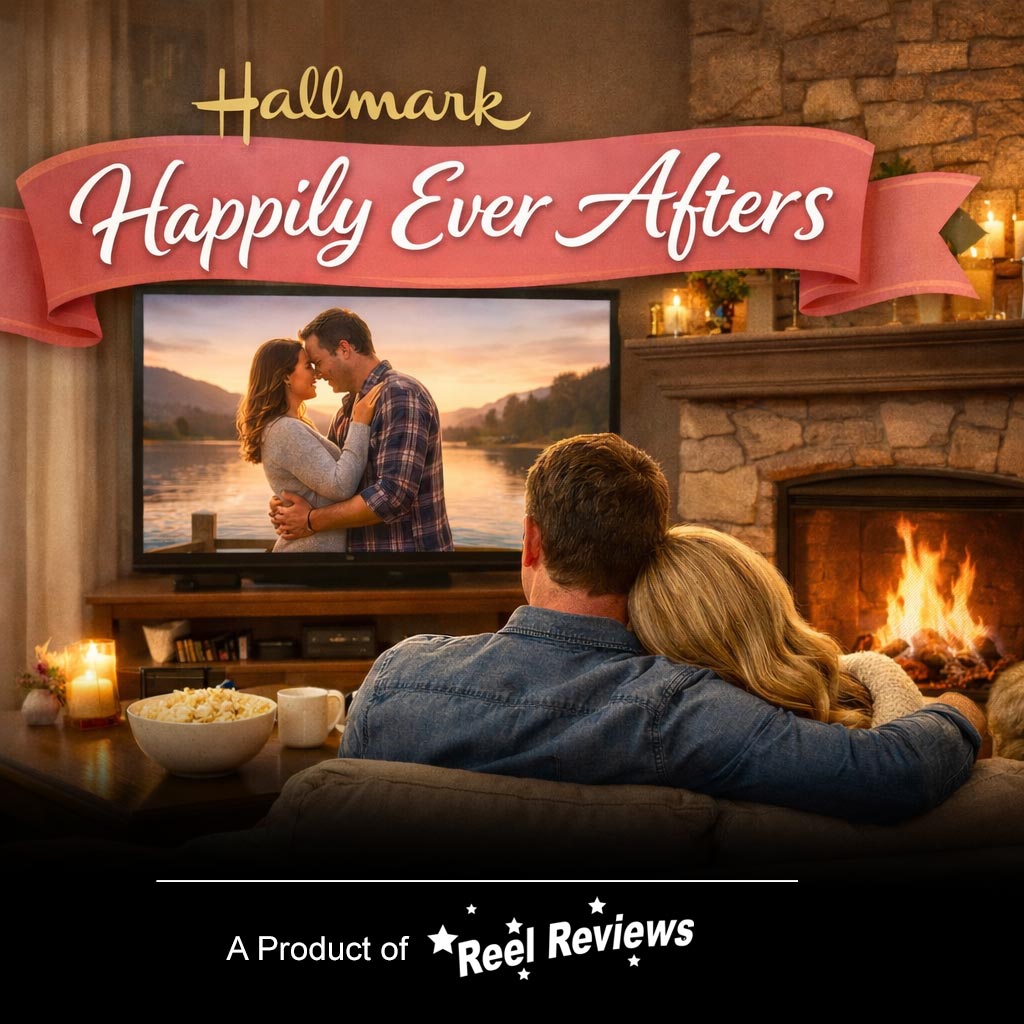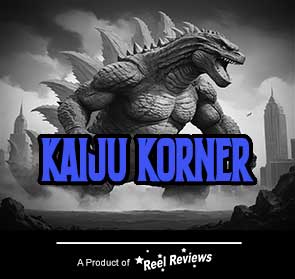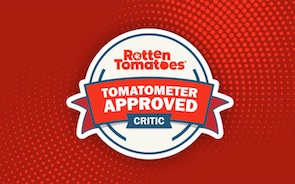{googleAds}
<div style="float:left">
<script type="text/javascript"><!--
google_ad_client = "pub-9764823118029583";
/* 125x125, created 12/10/07 */
google_ad_slot = "8167036710";
google_ad_width = 125;
google_ad_height = 125;
//-->
</script>
<script type="text/javascript"
src="http://pagead2.googlesyndication.com/pagead/show_ads.js">
</script></div>{/googleAds}Celebrity & cynicism, beauty & viciousness, love & hate, verbal foreplay & sexual tension. These dilemmatic issues and exhaustive emotions fasten the framework of screenplay writer-actor-director Steve Buscemi's latest directorial endeavor, Interview. A stripped down two-character piece, 75% of which is set in the NYC apartment loft of Katya (a fetching Sienna Miller, Stardust), an attractive T.V. and movie actress who garners paparazzi attention. In teleplay manner, Interview captures the real-time blood-and-thunder (relationship) arc—recall Who's Afraid of Virginia Woolf? (1966)—of a one-night encounter between the fluffy actress and a political journalist named Pierre Peders (Steve Buscemi, actor, I Think I Love My Wife). Pierre has been reluctantly assigned to do an interview piece with the burgeoning starlet for ‘Newsworld' magazine. What should be a matter-of-fact conversation between professionals proves to be personally revealing for celebrity and journalist.
Pierre initially doesn't want to interview Katya because he thinks it's below his self-appointed journalistic integrity. If he has to do the interview he's going to do it for his own professional gain. He knows barely anything about her work—just enough to know that she can't act. As such, he is ill prepared to discuss her career, either past or future. Going on the offensive—attacking Katya on a personal level—Pierre uses his disdain for her to play mind games meant to mine her innermost secrets.
Sienna Miller is ideally cast in the role of Katya, leaving no doubt that she is a beautiful and vulnerable and manipulative cult of personality. Check out how much she emotes in her body language, eyes, and facial expressions when gazing—or shooting daggers—into Pierre's eyes as she seductively drags on a cigarette. You can't stop watching her. Katya is a beautiful actress, albeit one of limited range. Even so, she is a performer and manipulation is well within her emotional domain. When things turn personal between Katya and Pierre you're never sure if Katya is letting Pierre glimpse into her soul or cunningly choreographing him like a puppeteer with a marionette. Likewise, Pierre, possibly having found a subject outside of his normal journalistic sphere that allows him to let his guard down, reveals what stimulates him and what scares him. As Buscemi the director pulls the behind the camera strings, auds are intrigued—Where do sincerity and manipulation begin and end with this couple?
Buscemi, transitioning from well deserved and respected character-actor status, is not your conventional looking leading man. Even by the far more generous standards of appearance afforded to contemporary character-actors—e.g., Danny Devito (short and bald), Charles Durning (obese), John C. Reilly (pudgy face and receding hairline)—Buscemi tests the limits of pristine celluloid imagery with his bulging eyes, crooked teeth, and ghostly pale skin. To the extent ‘star' status is driven by attractiveness, you would have to look hard to find a modern American actor who has gotten more from less. With this in mind, it's impossible to ignore the fact that on some level Katya is Buscemi's alter ego—in terms of gender (female), attractiveness (beautiful), and thespian skills (sub-par actor). The on-screen dichotomy is striking and has greater impact than the most carefully crafted big-budget special effect.
This, of course, is a high compliment to Buscemi the actor. He has managed to translate conventional unattractiveness (or unconventional attractiveness?)—an otherwise threatening weakness for a leading man—into a niche strength. In Interview, Buscemi's unconventional looks subtly suggest his trademark scheming on-screen persona even though he doesn't talk or dress the part. He is a polished, articulate political journalist. Nonetheless, this is Buscemi so we must prepare ourselves for Pierre's deceptive and manipulative intimations.
The genesis of Buscemi's Interview is perhaps as intriguing as the movie itself. Director Theo Van Gogh made three Dutch films that he wanted to adapt into corresponding American versions—his original Interview (2003) being one of the three. Van Gogh's dream was cut short following his murder in 2004 at the age of 47 for a controversial 10-minute documentary short he made called Submission: Part I (2004) (TV, Netherlands), dealing with violence against women in the Islamic community.
Buscemi took the lead in adapting an American Interview remake, shooting it in nine days in the same cinematic style as van Gogh's original. Van Gogh was recognized for developing a bold filming style—having three cameras trained on the same action from three different angles. This requires that the actors are always acting because they're covered on camera 100% of the time. This ‘coverage' also means that each shooting take lasts for a comparatively—8 to 12 minutes apiece—long time, incorporating spontaneity and unintended accidents into the film. The style certainly has its serendipitous rewards for auds of Buscemi's Interview.
DVD Details:
Screen Formats: 1.85:1
Subtitles: Spanish; English; Closed Captioned
Language and Sound: English: Dolby Digital 5.1
Other Features: Color; interactive menus; scene access.
* Commentary
o Feature-length commentary track with writer/director Steve Buscemi.
* Featurettes -
o Interview: Behind the Scenes (6:35)
o Triple Theo, Take One" (13:49)
* Previews
* Sony Blu-Ray promo
Number of Discs: 1 with Keepcase Packaging
{pgomakase}


